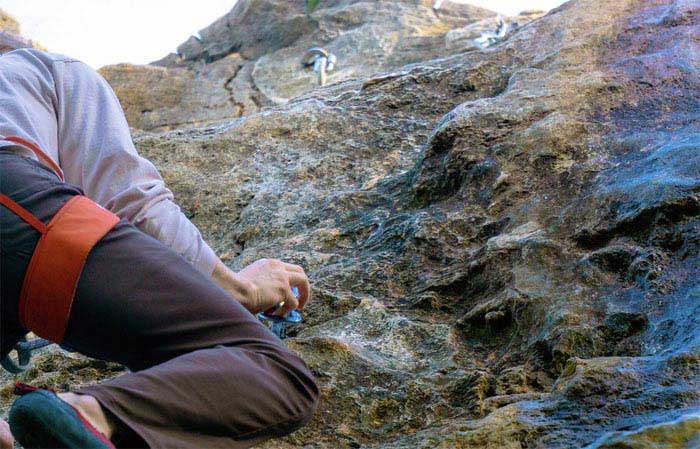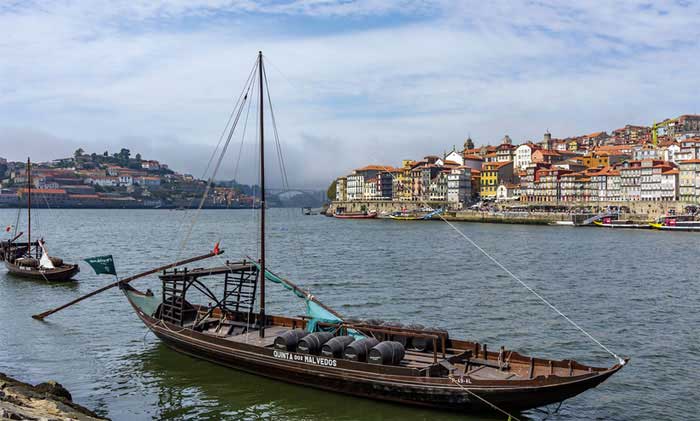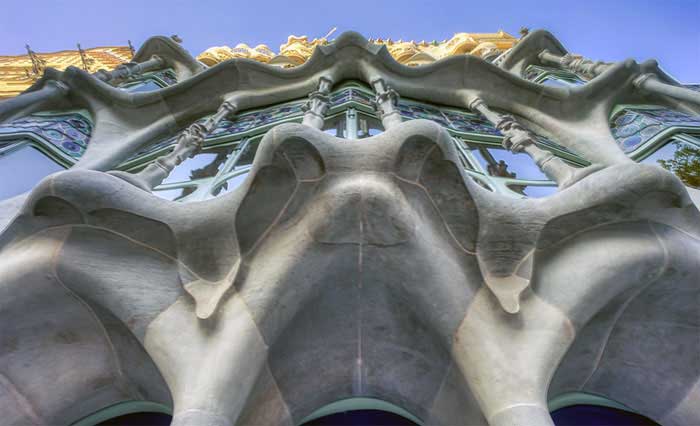In the interest of saving money during commutes across mainland Europe, ride sharing apps have become ever more popular and successful in recent years. They are providing competitive prices against the main train companies and even some of the long haul coach services and come with a number of benefits that these companies cannot replicate.
The idea is simple and works from two different perspectives. For those looking to gain passageway from one location to another, they can search and locate drivers who are going to making the journey they also intend to make and they will then pay a small amount of money to fill up one of the empty seats in the driver's car. From the driver's perspective, they are already going to be completing a trip between two locations and in order to offset the price of the fuel, they can fill up any empty seats in the car with passengers who will pay them an amount towards the journey.
There are a few reasons why these apps are really fantastic. First and foremost is the social factor; although not everybody is talkative, most drivers and passengers will enjoy the process of getting to know each other, of trading stories and essentially networking which is beneficial to everybody. If the driver is a local, as they often are, they can trade local knowledge of restaurants and activities for those passengers who are tourists which will enrich their experience of their travel.
Secondly, there's the green factor; by filling up the empty seats in a car you are offsetting your carbon emission and helping the environment. As the driver would have already been travelling the journey that the passengers booked themselves onto, apart from the extra emissions committed by the extra weight carried by the car, the passenger essentially travels in a completely green way.
Thirdly, there is the point to point travelling to factor in; again, not every driver will do this, but most drivers will be willing to make a small excursion at the end of the journey to ensure their passenger gets as close to their intended destination as possible, be it a hotel or hostel or just a point of interest. This is not something that can be done with the train and coach companies, and the price of a taxi is often very expensive, and so therefore is a very handy benefit for those using the apps.
Most of the applications work on a rating system. What this means is that after the journey the driver can rate the passenger on factors such as punctuality, politeness and overall personality, and the passenger can rate the driver based on their punctuality, their driving skills and personality also. All the ratings are averaged and displayed on the user's profiles so that future drivers and passengers can establish how the potential ride sharer will be. Sometimes you can even rate the ride sharer based on their choice of music so that future ride sharers can guarantee that they can join in a carpool karaoke during their trip.
Most apps also ensure that no physical money is handed over as all transactions are completed using the application instead. This helps to ensure that nobody is ripped off and that everything is completed in a very official and easily monitored fashion.
The prices tend to be cheaper than using the local train systems, and it doesn't take that much longer on most long haul journeys as there are no train changes or the need to catch a taxi at the end of the journey. While sometimes the coach companies are a little cheaper, they take considerably longer and can often leave you with a long journey at the end of the coach trip to reach your final destination on the other side of the city. All of this has helped to contribute to the ride sharing application companies successes.
Popular ride sharing apps in Europe include Uber, Free Now, Lyft, Blablacar and Karzoo. Both of these can be operated from a desktop or tablet as well as through an application on your mobile phone and are relatively safe and secure ways to travel across Europe, and have easy and simple to use interfaces that require minimum explanation. Ride sharing is easy, cheap and better environmentally than using your local transit companies. Give it a go next time you have to hop across the country.




